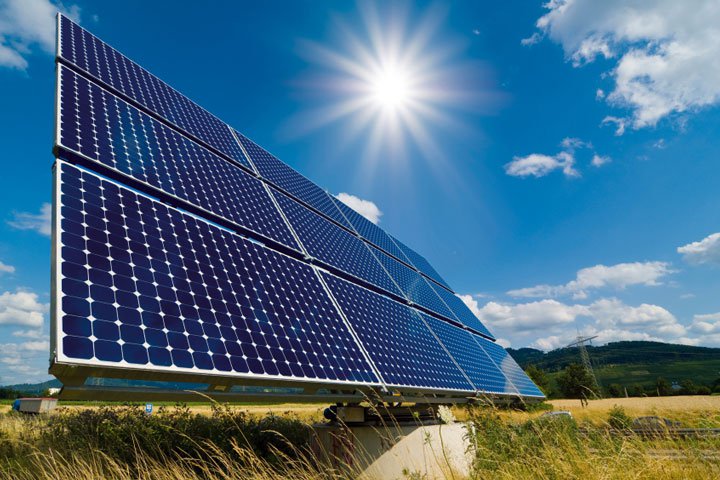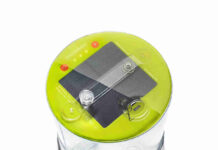
Solar energy can fulfil us, as humanity, our long term energy needs. This could offer the cutting of greenhouse gas emissions by developing lower cost technologies and more effective deployment policy as is written in an MIT Energy Initiative (MITEI) study called The Future of Solar Energy.
As Mr. Robert Armstrong –The Director of MITEI and the Chevron Professor in Chemical Engineering at MIT Energy Initiative says: “Our objective has been to assess solar energy’s current and potential competitive position and to identify changes in U.S. government policies that could more efficiently and effectively support its massive deployment over the long term, which we view as necessary.”
As we understood from the study and all words around it, is the necessity of having government policies that support research and development, technology demonstration and solar energy deployment.
As we already know MIT have many research projects but the next level should be the state involvement and their policy of encouraging the production of solar energy stuff and more the way of how energy surplus returns in national grid.
Skipping this intro, researchers at MIT and Stanford have developed new kid of solar cell that combines two different layers of absorbing material to harvest a highest range of solar energy.
The team is composed by a MIT graduate student Jonathan Mailoa, associate professor of mechanical engineering Tonio Buonassisi, Colin Bailie and Michael McGehee at Stanford with other four.
As I said before, they did their homework. This way solar cell is more efficient that those currently use in solar power installations. This new solar cell has a layer of silicon as a basis for most of nowadays solar panels but has in addition a semi transparent layer made by perovskite, which can absorb high energy particles of light. Each layer had its own electrical connection. Latest version has both layers connected together with one electrical control circuit.
The combined version is simpler to make and install says Mailoa. The current produced is limited by the capacity of the lesser of the two layers. Professor Buonassisi explains that electrical current can be associated by an analogy of the water volumes passing through a pipe, which is limited by the diameter of the pipe itself.
When you connect two lengths of pipe of different diameters, one after another, the limitation is due to the “narrowest pipe”. Connected two solar cell layers in series appears the same limiting effect for current. For this reason the team is now working to optimize the output.
Another key issue is to make the perovskite material easily to manufacture and durable enough to be commercially viable. Perovskite degrades quickly in open air and should be encapsulated to increase its durability. After tests the power efficiency was increased from 13.7 to 35 percent.
Finally the MIT energy initiative team has the job to provide o good solar cell options to the world.



